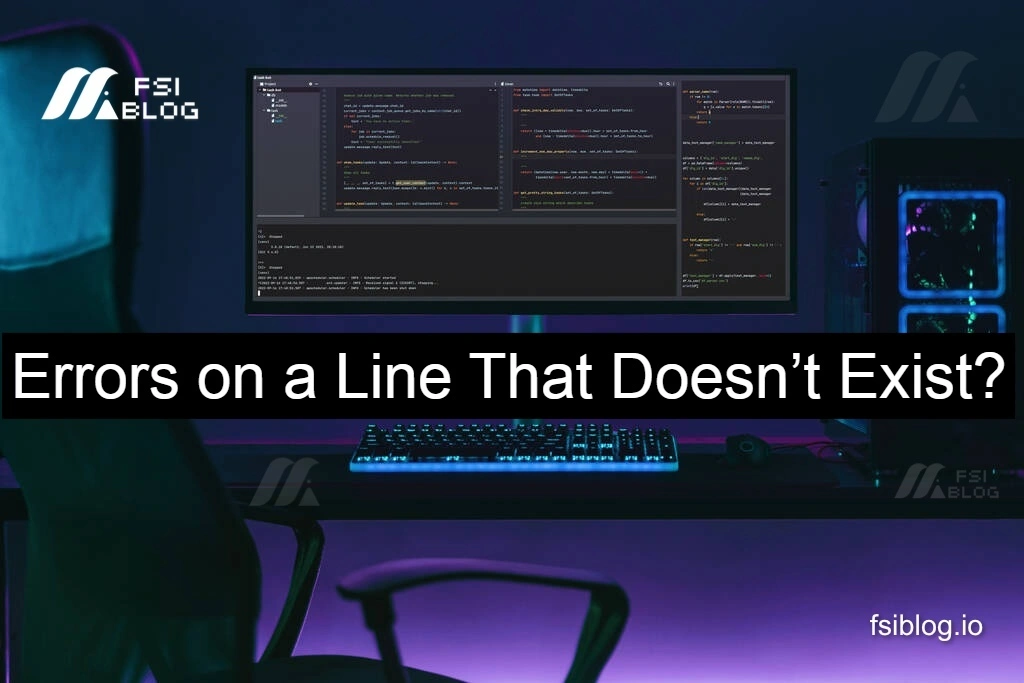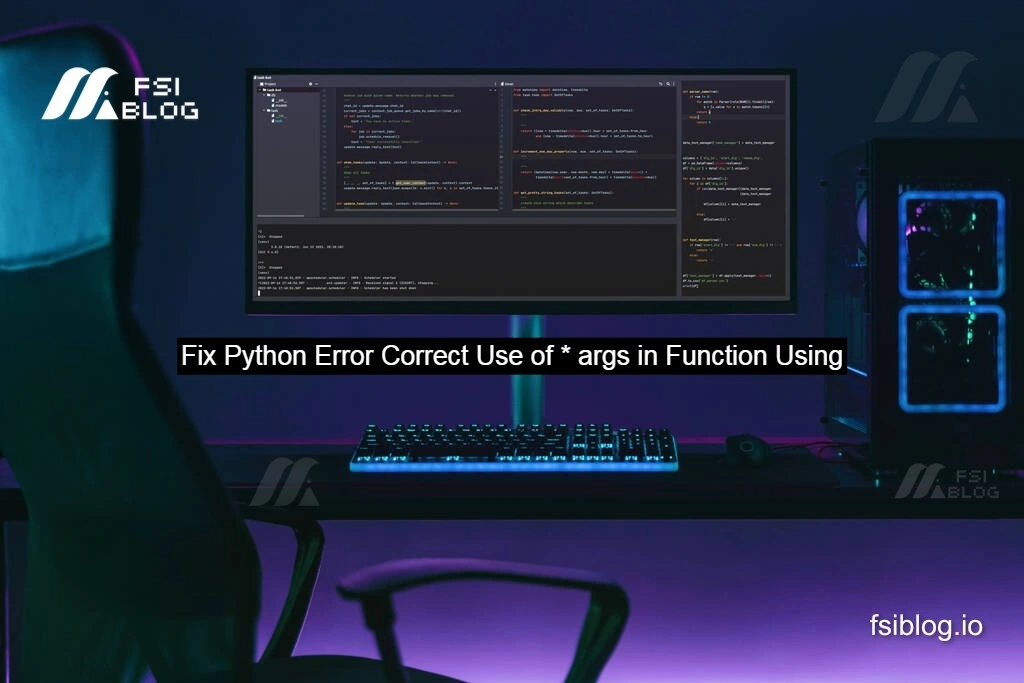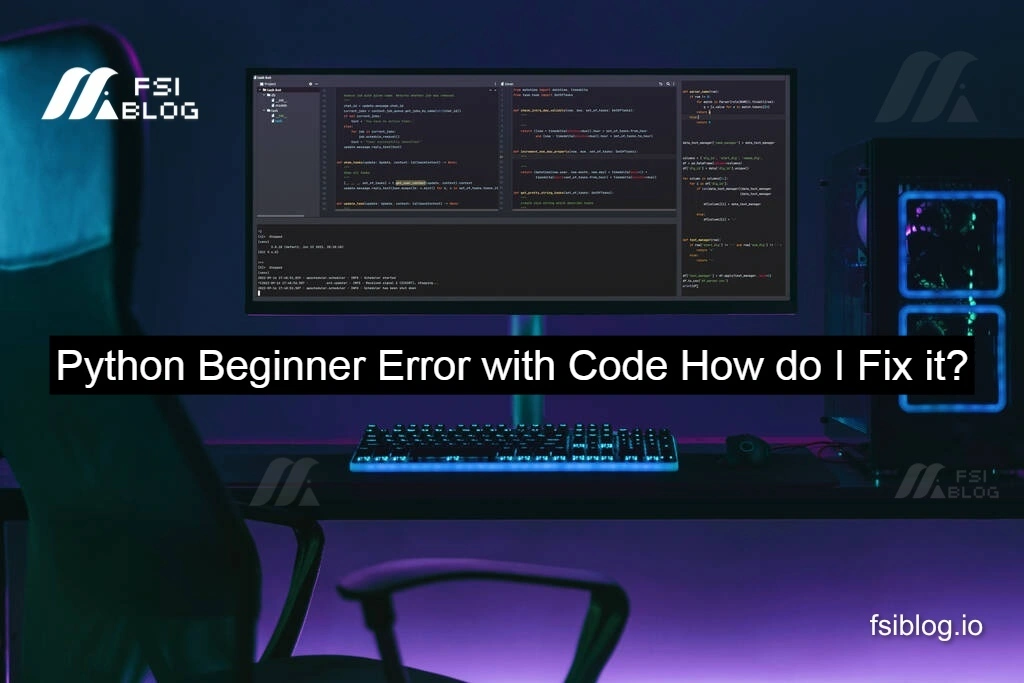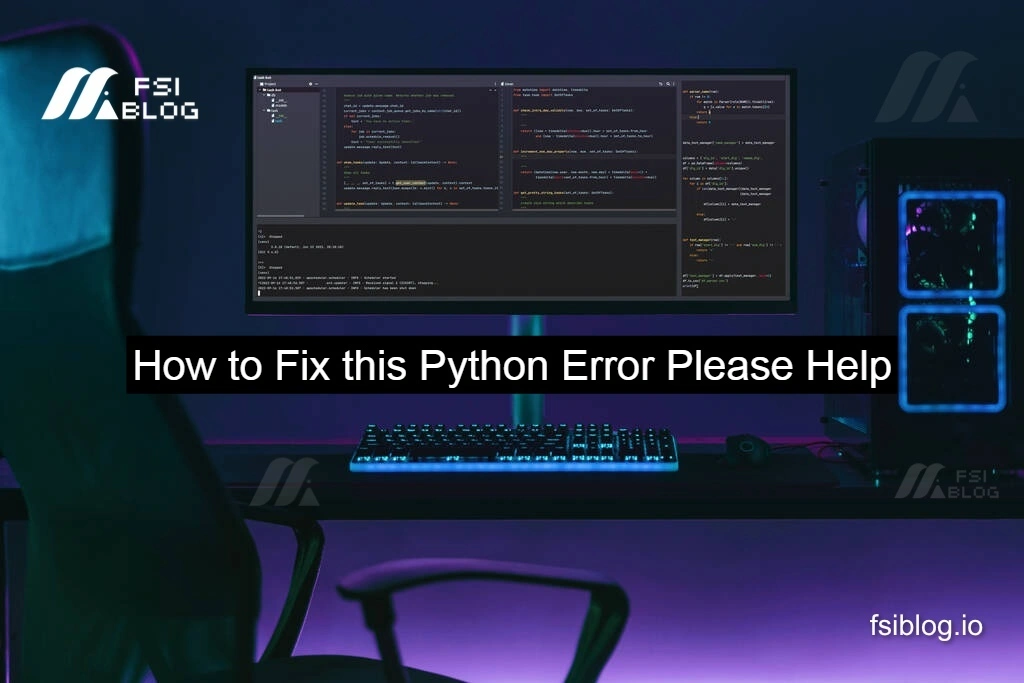Errors on a Line That Doesn’t Exist?

Let’s look at a piece of code that generated error
codename=input ("what is your name?")
droid-input ("how many droids would you like to meet?"
wook=input ("how many wookies would you like to meett")
print (name+"wamts to meet "+str (droid)+" droids& "+str (wookies)+"wookies"
In this example, the error message was thrown, even though the issue wasn’t immediately obvious. Here’s why the error occurred:
Here’s the corrected version of your original code followed by an explanation of the errors:
Corrected Python Code:
code# Corrected Python code with line numbers
1 name = input("What is your name?") # Line 1
2 droid = input("How many droids would you like to meet?") # Line 2
3 wook = input("How many wookies would you like to meet?") # Line 3
4 print(name + " wants to meet " + str(droid) + " droids & " + str(wook) + " wookies.") # Line 4
Errors Fixed:
- Line 2: The original code had a typo:
droid-inputshould have beendroid = input. You missed the equals sign (=), which is required to assign the result of theinputfunction to the variabledroid. - Line 2 and 3: The string in the
input()function wasn’t properly closed in line 2. I added the missing closing quotation mark ("). - Line 3: There was a typo in the input prompt string: “meett” should be “meet.”
- Line 4: The
printfunction was missing a closing parenthesis)at the end of the statement. This is what was causing theSyntaxError. Also, there was a typo in the word “wants” (written as “wamts”), and “wookies” was not defined properly as the variable should bewook, notwookies.
- Typo in Variable Assignment: The second line should have used
=for the assignment, but it mistakenly had-indroid-input. Python expected a proper assignment. - Mismatched Parentheses and Quotes: The input prompt was missing a closing quote on line 2, and the print statement on line 4 was missing a closing parenthesis. These missing symbols can cause Python to misinterpret the code, throwing an error on a seemingly unrelated line.
- Incorrect Variable Reference: The variable
wookieswas referenced in the print statement, but it was never defined. The correct variable name waswook.
Why Python Errors on the Wrong Line
Python reads the script line by line, and when it encounters a missing closing symbol, such as a parenthesis, bracket, or quote, it will keep reading the next lines in search of the missing closure. This causes the interpreter to throw an error on a later line, which can be confusing because the actual issue lies in an earlier line.
How to Fix These Errors:
- Check Previous Lines: Always check a few lines above the one indicated by the error message. The issue might originate from there.
- Look for Missing Characters: Ensure that all opening parentheses
(, quotes", and brackets{are properly closed. Python needs these symbols to be balanced. - Correct Variable Names: Ensure that variable names are consistent throughout the script. In this example,
wookwas used instead ofwookiesto keep the names consistent.
Final Thoughts
When faced with Python errors, especially those related to syntax, reviewing the code for missing or misplaced symbols is crucial. Additionally, tools like code linters and debuggers can help catch these issues before the code is executed. By systematically checking your code, you can resolve these errors efficiently and prevent them from recurring in the future.




